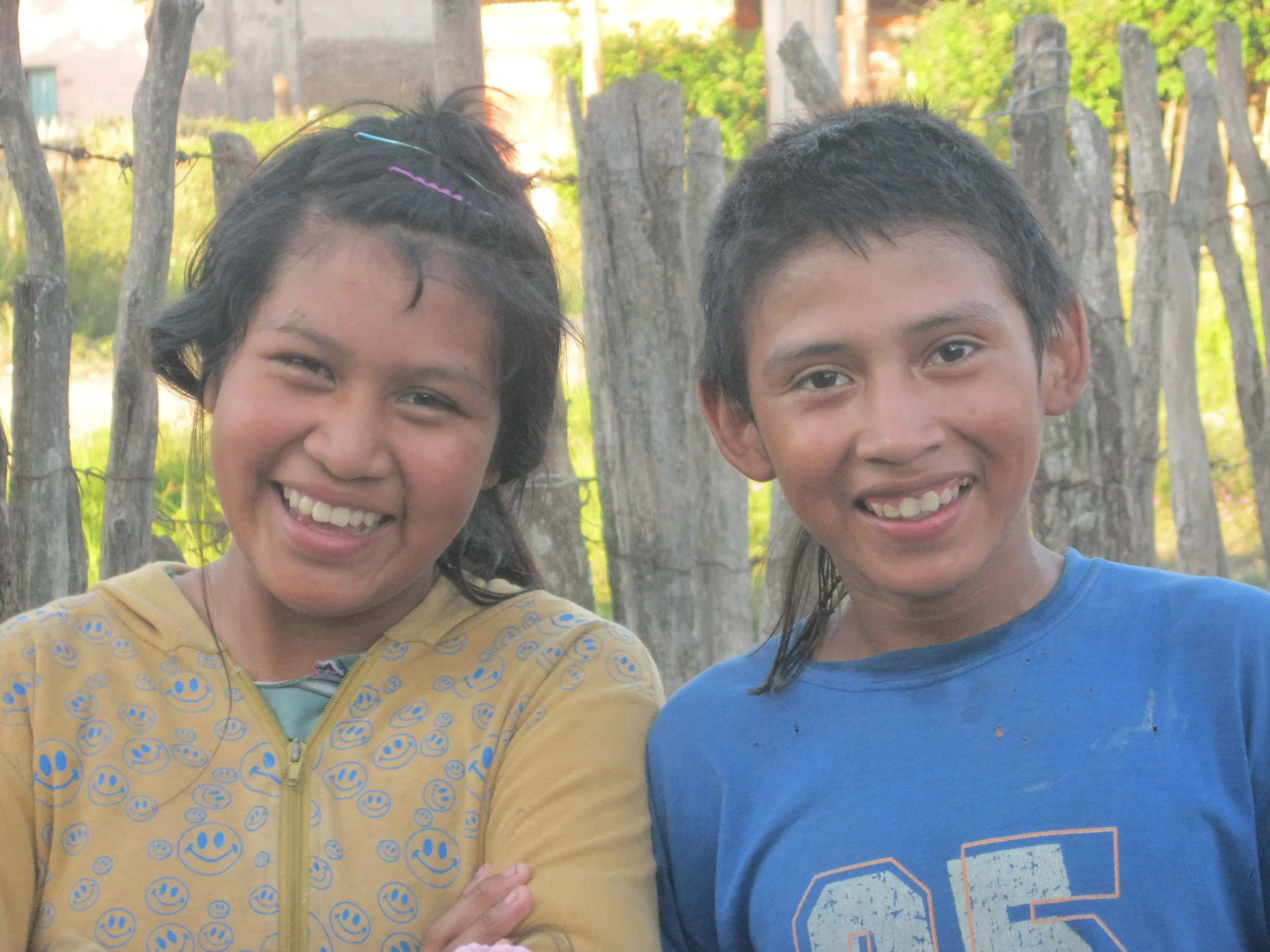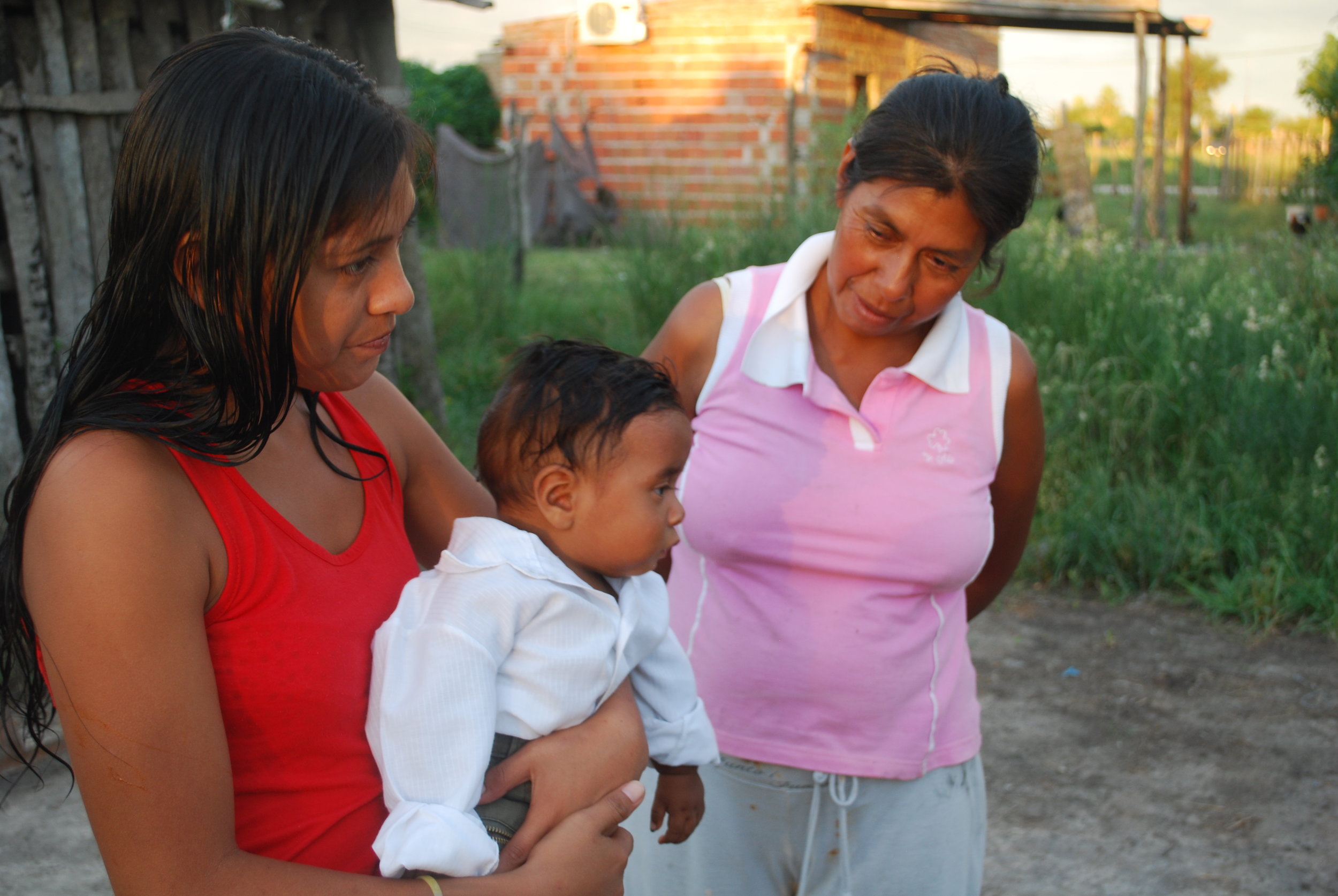Classroom Teaching
I love teaching. Period.
My time in and outside the classroom, interacting with bright minds and a multitude of lived experiences, is a true driver in my life. I enjoy generating a community of learners in which all voices are heard and we all learn from each other (yes, a strong Freirean flavor here). The conceptual content of each of my classes is exciting, but it is just an excuse for creating an engaged dialog and for stimulating critical thinking processes.
Evolutionary biology of women
This course is not your regular lecture class. It is indeed a journey, an exploration of female reproductive lives from an evolutionary and biosocial perspective. We focus on physiological, ecological, and on the lived experience of women’s development from puberty, through reproductive processes such as pregnancy, birth and lactation, menopause and aging. As a community of learners, we share our own knowledge of women’s biology and experiences. We encourage critical thinking at all times with the hope that discussions in this class become useful when making decisions about your lives as citizens, potential parents, health care providers, health care recipients, and policy makers.
Human evolutionary biology and life history
This course is designed to examine (and celebrate!) human biological diversity from the perspective of evolutionary and life history theory. Variation in growth, immune function, maturation, reproductive function, and senescence are reviewed in reference to their potential adaptive significance. We focus particular attention on non- western populations and their responses to environmental constraints such as energy expenditure and caloric intake. This class takes a biosocial approach in its understanding of human biology and, thus, interprets biological processes and behavior as the result of the dialog between the body and the environment.
ethnopediatrics
Women in certain cultures wean their babies when they are days old, while others do so when the child decides to wean him/herself (years). Babies in some hunter-gatherer populations never crawl and only start walking when they are 18 months old and older, while in Western, industrialized populations they are encouraged to crawl and walk at much earlier ages. Many infants are circumcised at birth and others at puberty. How do all these ways of raising children affect their growth and development? Are there universal patters on child rearing? Can an evolutionary perspective contribute to a better understanding of variation in the way we raise our children and in their health patterns? In this course, we discuss how the health, growth, and development of children are shaped by the interactive actions of human evolutionary biology, ecology, and local cultural patterns.
Syllabi for all courses available upon request
OTHER COURSES
1 The Health of Indigenous People: From the highlands of the Andes to the lowlands of the Amazon basin and the frozen circumpolar steppes, from subsistence farmers and herders to hunter-gatherer groups, indigenous populations are changing their lifestyle so rapidly, and sometimes so profoundly, that it is difficult to follow the pace of the transformation. Indigenous peoples always fare far worse than non-indigenous ones in terms of health status. No matter where one looks, there are substantial health disparities between indigenous and non-indigenous populations in the form of mortality and morbidity gaps. In this seminar go over the epidemiological landscape of indigenous populations and discuss causes of death and sickness, which vary from population to population. We then expand on some of the possible interactive causes of these disparities, particularly the role that globalization and market integration is having in shaping the health situation of indigenous peoples. Finally, we will discuss the current surge of Global Health Programs, mainly at academic or research institutions in the northern hemisphere and the contribution of anthropology to those programs.
2 Hormones & Behavior: A hands-on experience - This is a laboratory-based course designed for 1st-year and sophomore students. It focuses on the interaction between hormones and behavior from an evolutionary and developmental perspective. From the start of the semester, students begin to gain competency in basic laboratory techniques (pipetting, diluting, aliquotting, etc.) in a laboratory section. During the first five weeks of the course, students will also be introduced to the interactions between hormones and behavior, drawing from literature both on human and non-human primates in a seminar section. During the last 6 weeks of the course, students will work together (in groups of 2 or 3) to design and carry out a small research project related to hormones and behavior and will present their findings in a final group presentation.
3 Hormones & Behavior graduate seminar: This graduate seminar focuses on the interaction between hormones and behavior from an evolutionary and developmental perspective. We cover current research in behavioral endocrinology of mostly human and non-human primates. We begin with an overview of general principles of endocrine physiology. We then read and discuss 4-5 primary research articles per week relating to a specific topic.
4 Blood: Science, Culture, Society: How does biology define blood? What can the history of the science of blood tell us about blood’s mythical connotations? Why is blood so often used in cultural narratives of national belonging, fear and desire, purity and impurity? This cross-divisional seminar will explore the complexity of blood from the disciplinary angles of medical anthropology and the humanities. We will study how cultural narratives have informed scientific research about blood and how scientific research has influenced cultural beliefs surrounding blood. Blood is a biological substance bearing a host of social meanings. It can keep communities together and tear them apart. The course will establish a transdisciplinary dialogue in order to study the complexity of blood in different cultures. We will treat topics such as, among others, the role of blood in religious sacrifice; the history of blood therapies; the mythologies of vampires; the relationship of blood to ideologies of gender, class, race and ethnicity; and the roles played by blood in works of art.


